Bakken
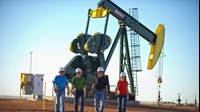
News
October 23, 2023
Hess’ Bakken assets add another leading U.S. shale position to Chevron’s DJ and Permian basin operations and further strengthen domestic energy security.
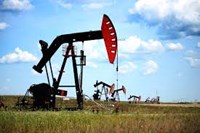
News
August 25, 2023
Crescent Point is lowering its 2023 annual average production guidance to a range of 156,000 to 161,000 boed, which represents a reduction of approximately 4,500 boed.

News
August 15, 2023
Over the next five years, Hess expects this fully electric Bakken drilling fleet will reduce greenhouse gas emissions from its Bakken drilling operations by approximately 50% and energy costs by approximately 70%.
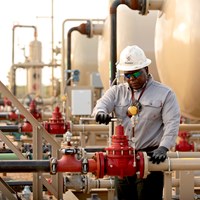
News
June 13, 2023
In 2024, Ovintiv expects to deliver total company oil and condensate production of greater than 200 Mbpd with total capital investment of $2.1 billion to $2.5 billion. The company's production profile is expected to normalize by mid-year 2024 with second-half 2024 oil and condensate production stabilizing at 200 Mbpd.
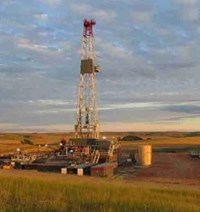
News
February 08, 2023
Mature wells that are producing more gas than expected are hurting crude output from the Bakken, the Energy Information Administration said.
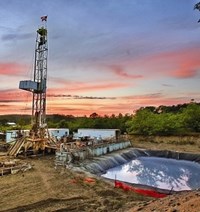
News
January 04, 2023
With these transactions, ProFrac has expanded its geographic footprint to include the Rockies and Bakken, and increased its pressure pumping and manufacturing presence in the Northeast.
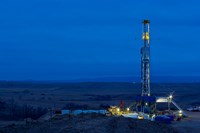
News
April 28, 2022
B3 Insight announced the launch of a complete produced water dataset that covers all of North Dakota including the extensive Bakken Shale Play.
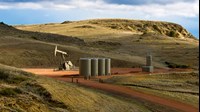
News
March 10, 2022
Exxon Mobil Corp. is considering a sale of assets in North Dakota’s Bakken shale after being approached by interested parties, according to people with knowledge of the matter.

News
February 16, 2022
ConocoPhillips is supplying a Bitcoin mining project with natural gas from the Bakken shale of North Dakota in a first for a major U.S. producer.

News
February 02, 2022
Vitol Group, the world’s largest independent oil trader, is partnering with shale specialists who formerly led Brigham Exploration Co. to expand amid the highest crude prices in seven years.
News
January 06, 2022
A deep-freeze in Canada and Northern U.S. is disrupting oil flows, causing a surge in crude prices just as American stockpiles are declining.
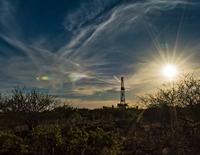
News
September 08, 2021
The decline in DUCs in most major U.S. onshore oil-producing regions, especially in the Permian region, reflects more well completions and, at the same time, less new well drilling activity.
News
July 06, 2021
Reveal Energy Services has entered into a technology licensing and development agreement to commercialize ConocoPhillips’ patented poroelastic response measurement [PRM] technology, and the companies will perform joint research and development in the PRM technology space.
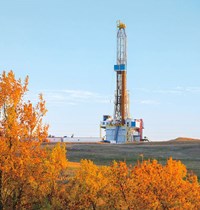
Article
June 2021
The titular “cash engine” that is the Bakken-Three Forks shale has been running on fumes. But most of the operators left standing after a wave of consolidations are gearing up for what promises to see the Williston basin play regain some of its grit, as the year unfolds.

News
June 21, 2021
Devon Energy announced it is establishing new environmental performance targets focused on reducing the carbon intensity of its operations, minimizing freshwater use, and engaging constructively with its value chain.
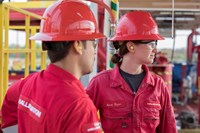
News
April 13, 2021
Crude production in the Permian basin will reach 4.466 million barrels a day in May, the most in a year, and rig counts have touched a one-year high, according to the latest data from the Energy Information Administration.

News
April 08, 2021
The sale consists of approximately 78,700 net acres, which are located in the southernmost portion of Hess’ Bakken position and not connected to Hess Midstream infrastructure.
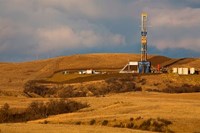
News
February 10, 2021
Equinor has agreed to divest its interests in the Bakken field in the US states of North Dakota and Montana to Grayson Mill Energy, backed by EnCap Investments, for a total consideration of around USD $900 million.

News
December 15, 2020
Home to the Bakken shale formation, North Dakota won’t see any sustained growth in production sooner than the second half of 2022, Lynn Helms, director of the state’s Department of Mineral Resources, said.

News
October 22, 2020
There are several ways Biden could halt fracking on federal lands using executive power. He could ban new oil and gas leases, halt new permits, or seek a specific regulatory ban on fracking, all of which Biden has telegraphed at one point or another on the campaign trail.
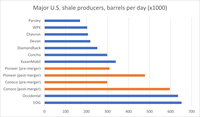
News
October 21, 2020
“There’s only going to be three or four independents that are investable by shareholders” after the recent market rout, Pioneer CEO Scott Sheffield said on a conference call with analysts. “The best companies have been picked off the past few weeks.”


